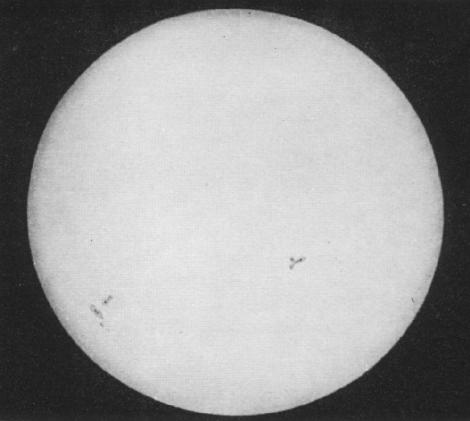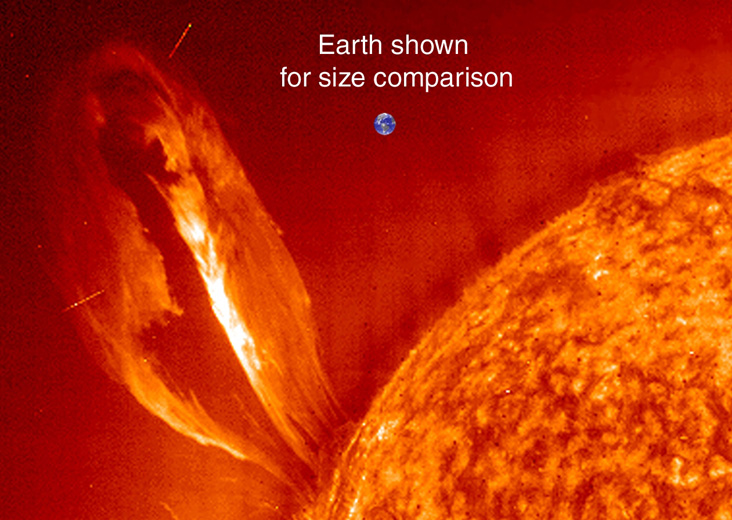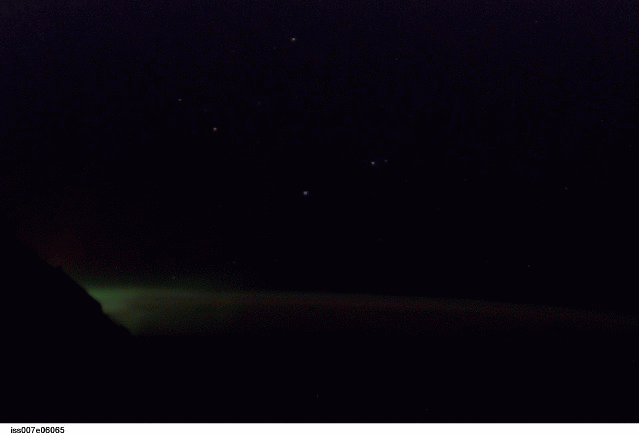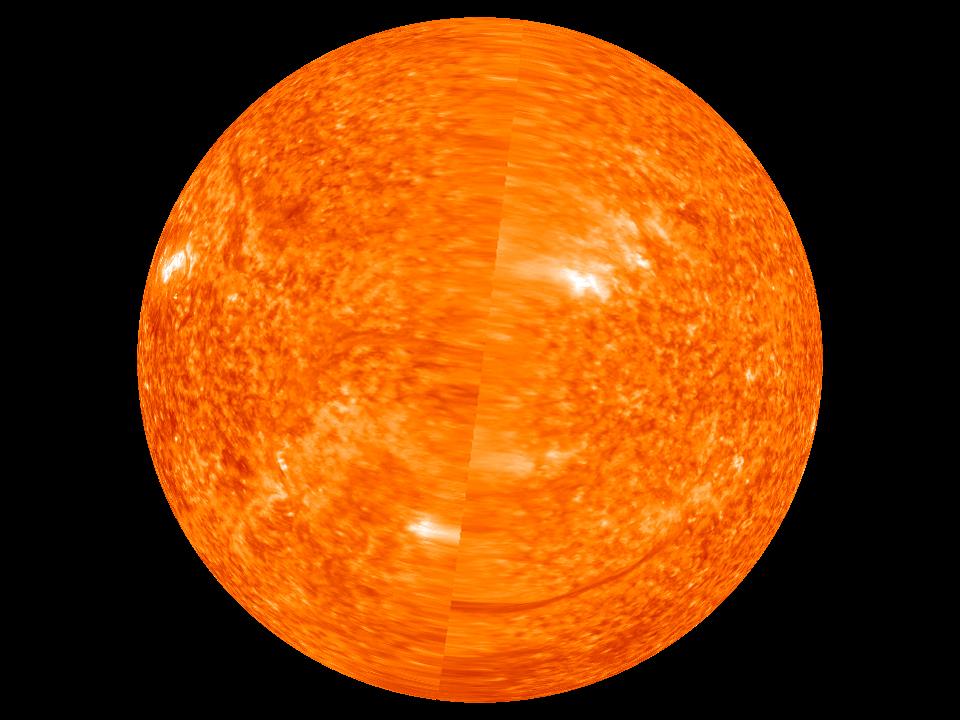The Sun is the closest star to planet Earth. It is the central point of our Solar System and we on Earth are completely under its control. Without it, there would be no life, but in the end, it can also be deadly.
The Sun is rather insignificant in the Universe. It is just one of billions of stars that exist. But by studying it, scientists can get an idea on how other stars work.
The Sun is basically a big ball of gas. At its core, there is a nuclear fusion reactor that has been burning for over 4.6 billion years. Here the temperatures are about 15 million degrees Celsius. Fusion occurs when Hydrogen atoms combine to form Helium. Each one of these reactions create a huge amount of energy.
The Sun's mass is about 1.989x1030kg. This is equivalent to over 333 thousand Earths. Under this enormous mass, the Sun is collapsing in on itself. This creates a huge amount of pressure at its core which is enough for fusion reactions to take place. This in turn creates enough energy to balance out the gravity and prevent it from completely collapsing. Eventually, it will run out of Hydrogen, and the fusion reactions will stop. Click here to find out more.
The Sun's photosphere is at the surface and where most of the heat and light escapes. It is about 500km thick and has temperatures of about 5,500 degrees Celsius.
Above the photosphere is the chromosphere and the corona. Light from here is too faint to be seen against the strong light of the photosphere, but during a Solar Eclipse when the Moon covers the photosphere, we can see them.
The Sun has a magnetic field that stretches to the outer reaches of the Solar System. The different speeds of rotation at the different latitudes of the Sun cause the magnetic field to be twisted and loop. Sometimes loops break through to the surface, this causes Sun spots. The field has an 11 year cycle after which it reverses.
Coronal Mass Ejections (CMEs) are released when two oppositely directed magnetic fields are brought together. The CMEs are released as a huge burst of ions and radiation. If they reach Earth, they interfere with its magnetic field cause Auroras and big ones can interfere with electrical equipment.







